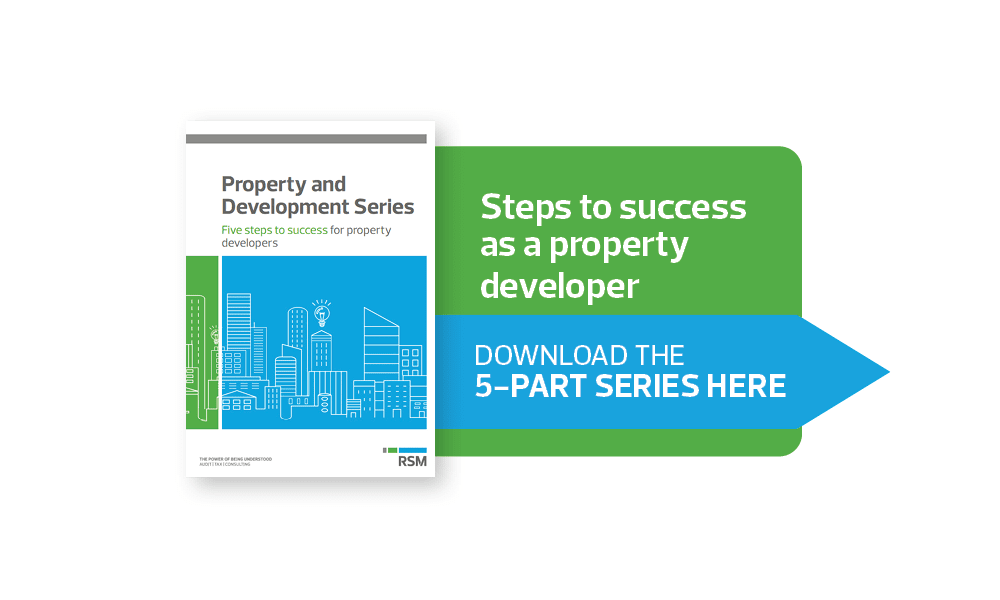Determining the best structure for your property development can get complex.
The success or failure of any good property development all starts with having strong footings and a solid foundation. If the foundation is defective, the construction that follows is undermined, and the costs to rectify are significant. Just as it applies when using concrete and steel, so too when using pen and paper.
METAPHORS ASIDE, THE KEY MESSAGE HERE FOR PROPERTY DEVELOPERS IS TO HAVE A STRONG LEGAL STRUCTURE, AND TO GET IT RIGHT EARLY!
Coming up with the right legal structure for property development is complex, and all too often specialist advice is not sought until it’s too late. The types and combinations of entities used, how those entities are owned and controlled, who holds the assets, who bears the risks, the type or arrangements entered, and who derives the profits or incurs the losses are but a few of the various factors that need to be considered. Whilst there are many types of structures that are tried and tested, one size does not fit all, and the particular facts and circumstances of each developer need to be taken into account. ![]() Having a defective legal structure can be a costly mistake. Be it over exposure to external parties like trade creditors or the bank, the unnecessary exposure of the risks associated with one asset to another, or multiple assets to the same market risks, having a defective legal structure may mean losing the lot, instead of weathering the storm. Unfortunately, the costs that come with a defective legal structure are not limited to when times are bad. A defective legal structure may result in a developer paying far more income tax, stamp duty or GST than is otherwise necessary had things been structured correctly.
Having a defective legal structure can be a costly mistake. Be it over exposure to external parties like trade creditors or the bank, the unnecessary exposure of the risks associated with one asset to another, or multiple assets to the same market risks, having a defective legal structure may mean losing the lot, instead of weathering the storm. Unfortunately, the costs that come with a defective legal structure are not limited to when times are bad. A defective legal structure may result in a developer paying far more income tax, stamp duty or GST than is otherwise necessary had things been structured correctly.
Fortunately, for property developers that may have defective structures, all is not lost!
Quite often, a defective legal structure can be ‘restructured’ into something far more effective. With the aim to mitigate risk, improve tax efficiency, and provide a solid foundation for further expansion and growth, restructuring can deliver those in the property game with a significant benefit.
Importantly, just as specialist advice should be sought to come up with the right legal structure, specialist advice should also be sought to undertake a restructure.
Facts and circumstances permitting, provided the correct sequence of steps are taken, significant costs like income tax, stamp duty and GST that may arise when undertaking a restructure can be mitigated.
To continue reading click the button below to download the 5-part Property and Development Series.

If you have any questions about the content contained in this article, please get in touch with your local RSM property and construction expert or contact Adam Crowley directly.







